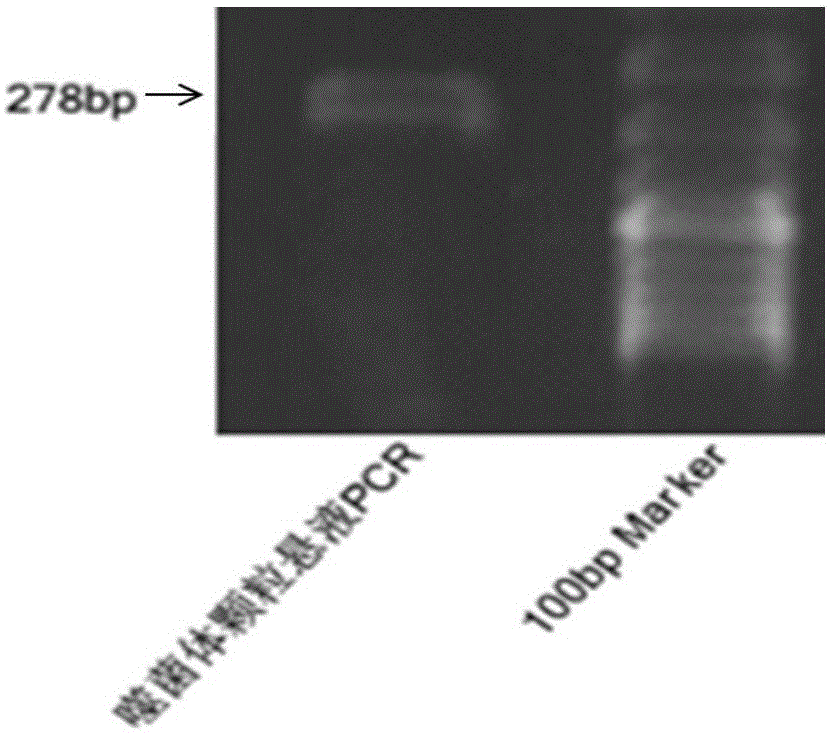Post-neurosurgical intracranial bacterial infection common pathogenic bacterium MLPA detection probe and application thereof
A neurosurgery and detection probe technology, which is applied in the direction of recombinant DNA technology, microbial measurement/inspection, and resistance to vector-borne diseases, etc., can solve the problems of high missed diagnosis rate, complex data analysis, low detection throughput, etc., and achieve reduction Effects on fatality and morbidity
- Summary
- Abstract
- Description
- Claims
- Application Information
AI Technical Summary
Problems solved by technology
Method used
Image
Examples
Embodiment 1
[0053] Example 1 Detection target design of pathogenic bacteria in intracranial infection
[0054] First, the common pathogenic bacteria of intracranial bacterial infection after neurosurgery are summarized, as shown in Table 1:
[0055] Table 1. Summary of common pathogens showing intracranial bacterial infection after neurosurgery
[0056]
[0057]
[0058] In principle, the process of determining the detection target of pathogenic bacteria in intracranial infection: enter PubMed to find the conserved sequence specific to each pathogen, such as the sequence of housekeeping gene 16S rRNA, rpoB, gyrB or ITS, as shown in Table 2 Shown:
[0059] Table 2. Detection targets of common pathogenic bacteria in intracranial bacterial infection after neurosurgery
[0060]
Embodiment 2
[0061] Example 2 The reference sequence of the MLPA probe hybridization target
[0062] After analyzing and comparing the conserved sequences of 17 pathogenic bacteria in neurosurgery intracranial infection by Blast tool, the reference sequence was determined to design hybridization probes, as shown in Table 3:
[0063] Table 3. Reference Sequences Showing Hybridization Targets of MLPA Probes
[0064]
Embodiment 3
[0065] Example 3 left probe LPO
[0066] The sequence of the left probe LPO for MLPA analysis of intracranial infection of 17 kinds of pathogenic bacteria after neurosurgery designed by the present invention is shown in Table 4:
[0067] Table 4. Design results of the left probe LPO sequence (for the upstream universal primer + hybridization sequence)
[0068]
PUM
 Login to View More
Login to View More Abstract
Description
Claims
Application Information
 Login to View More
Login to View More - R&D
- Intellectual Property
- Life Sciences
- Materials
- Tech Scout
- Unparalleled Data Quality
- Higher Quality Content
- 60% Fewer Hallucinations
Browse by: Latest US Patents, China's latest patents, Technical Efficacy Thesaurus, Application Domain, Technology Topic, Popular Technical Reports.
© 2025 PatSnap. All rights reserved.Legal|Privacy policy|Modern Slavery Act Transparency Statement|Sitemap|About US| Contact US: help@patsnap.com



